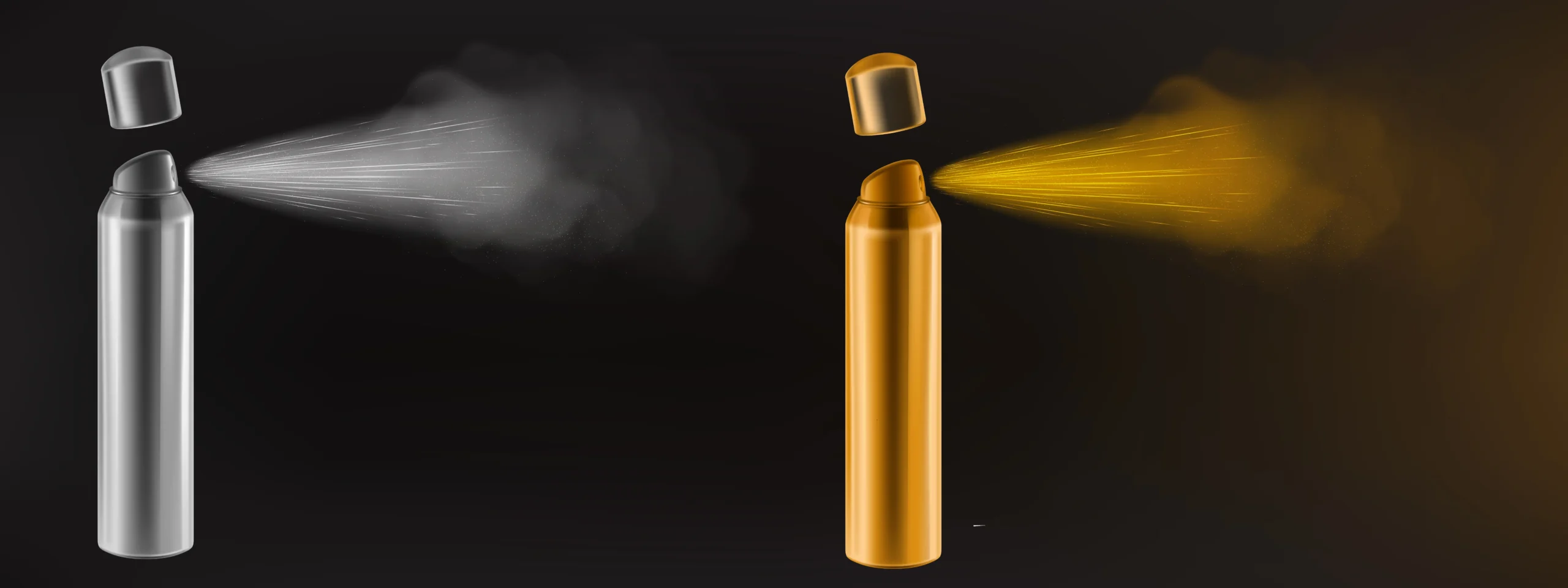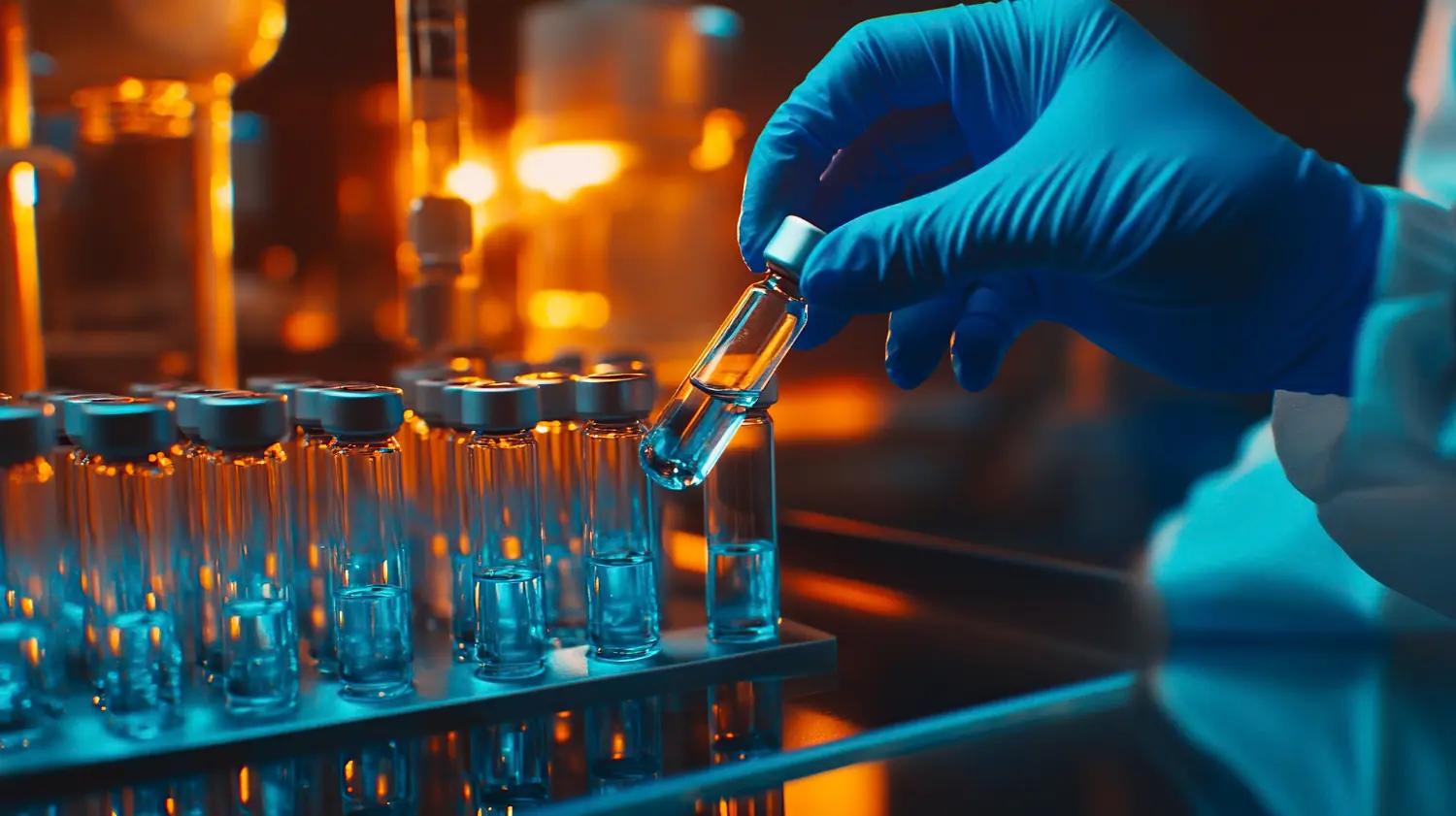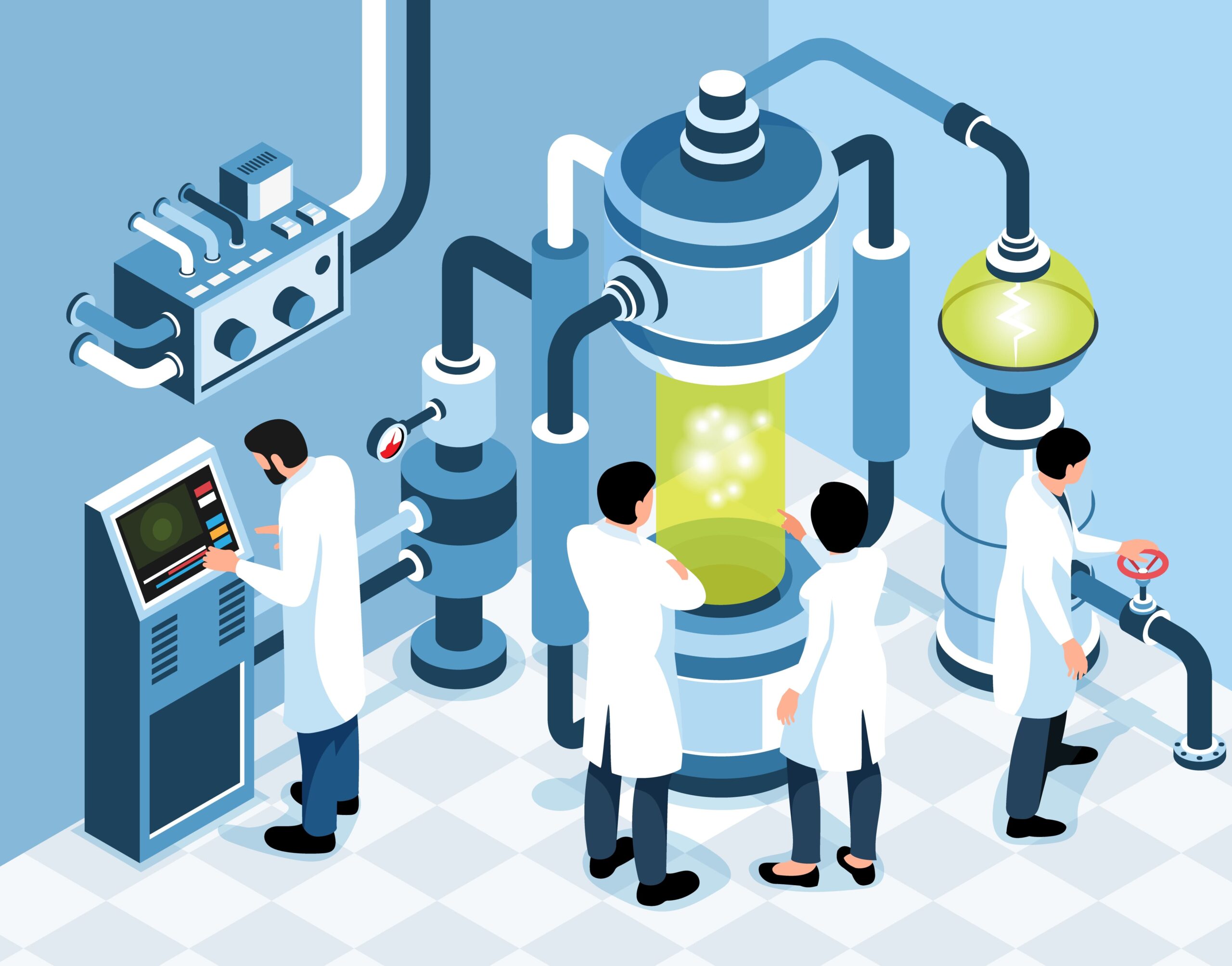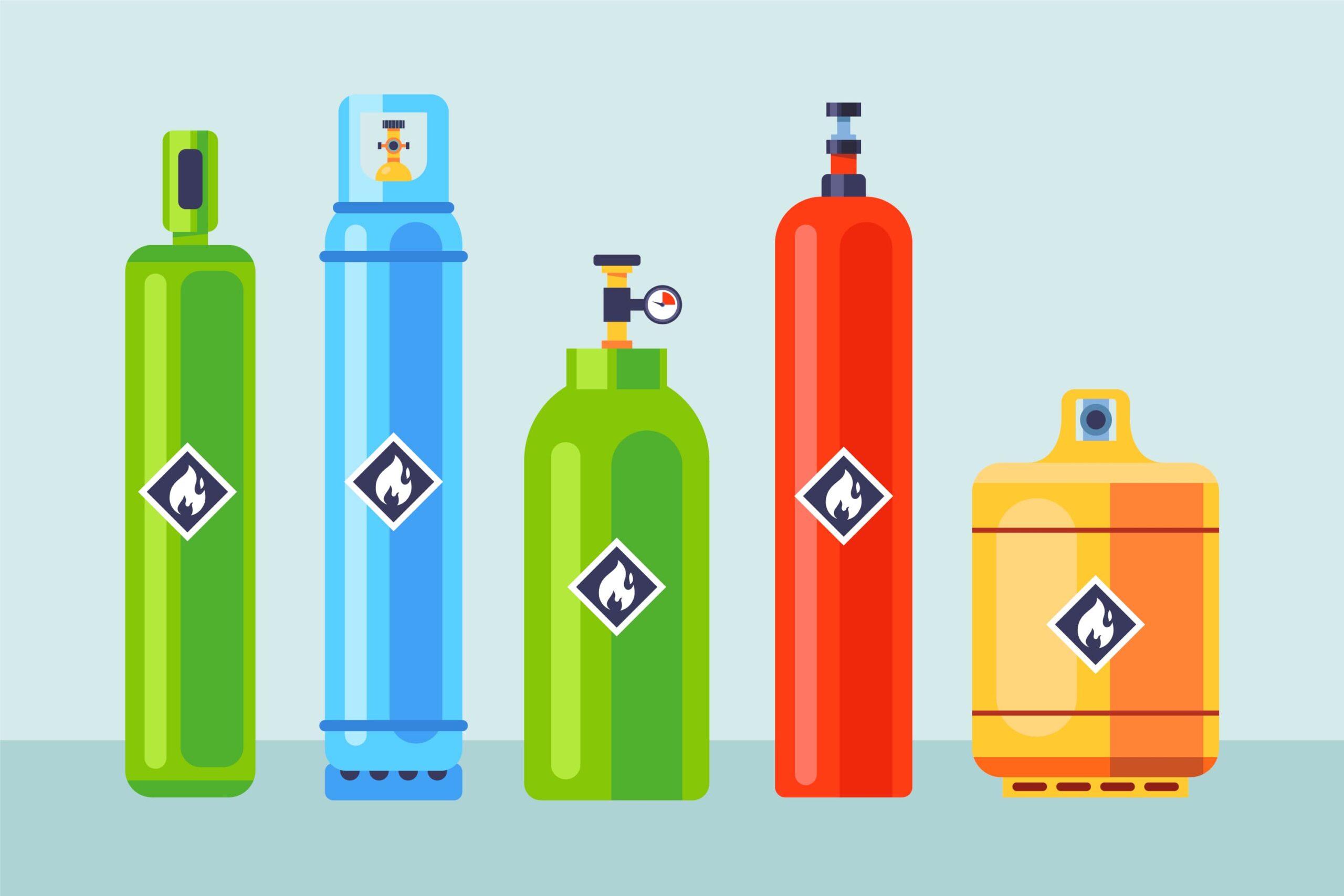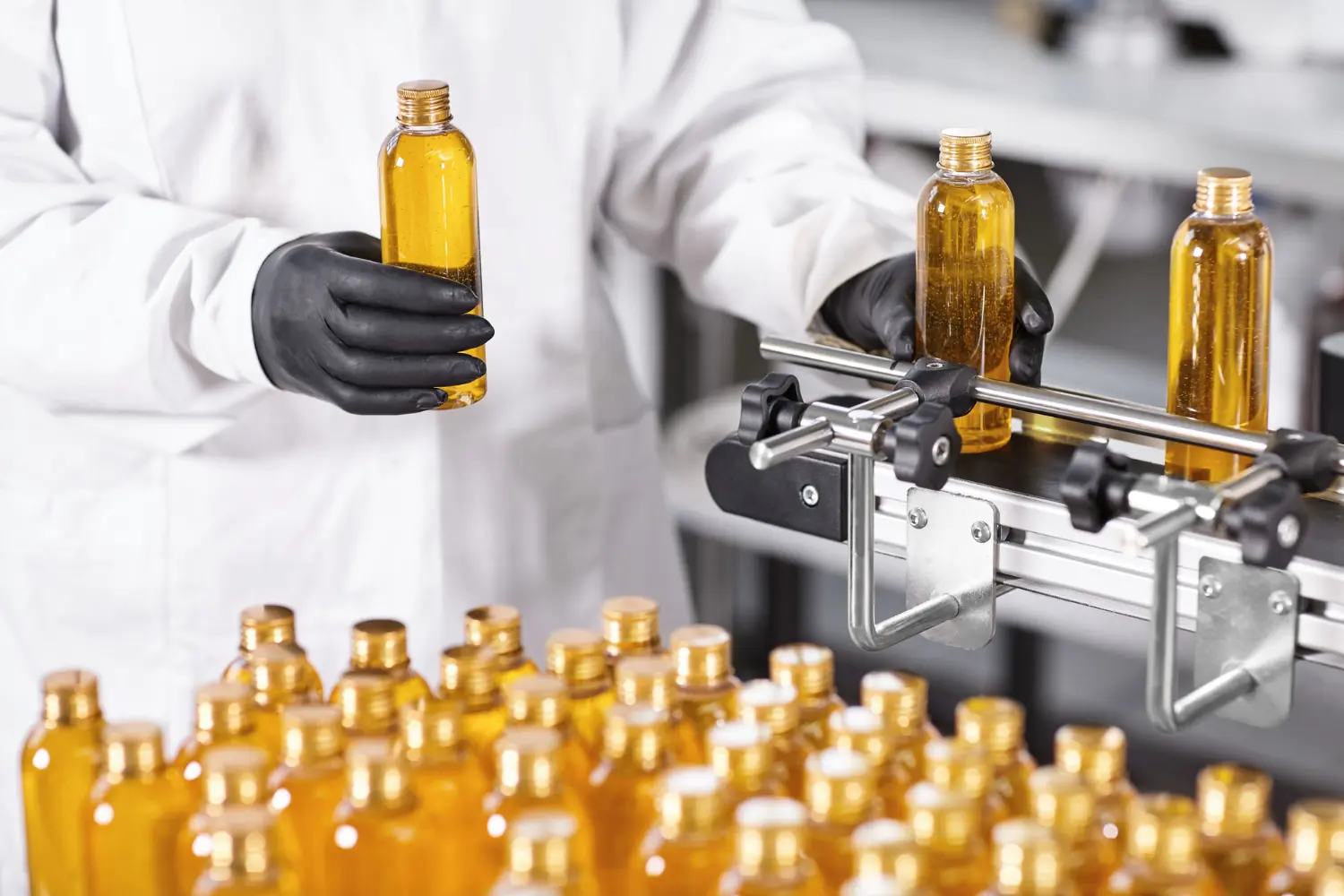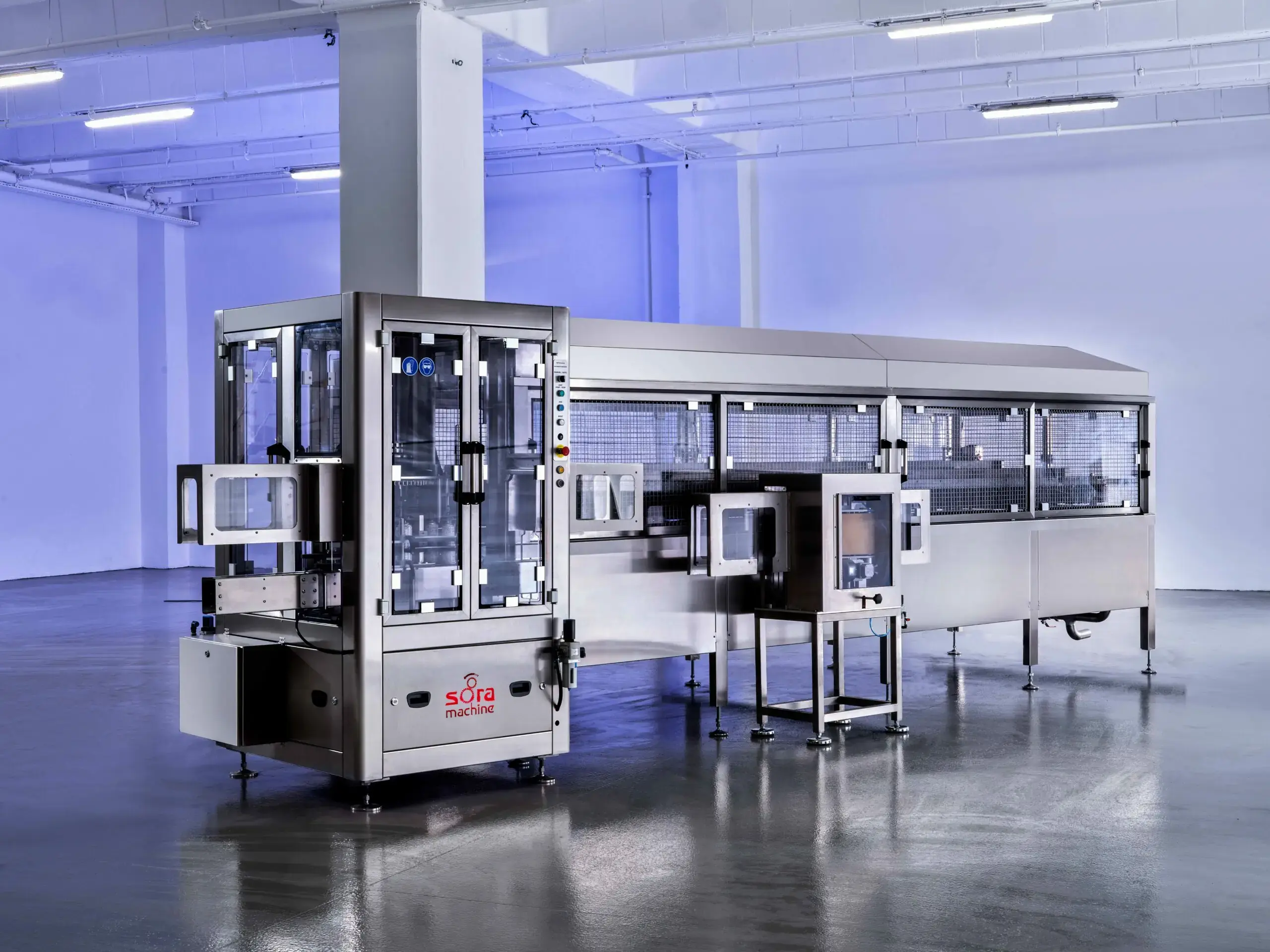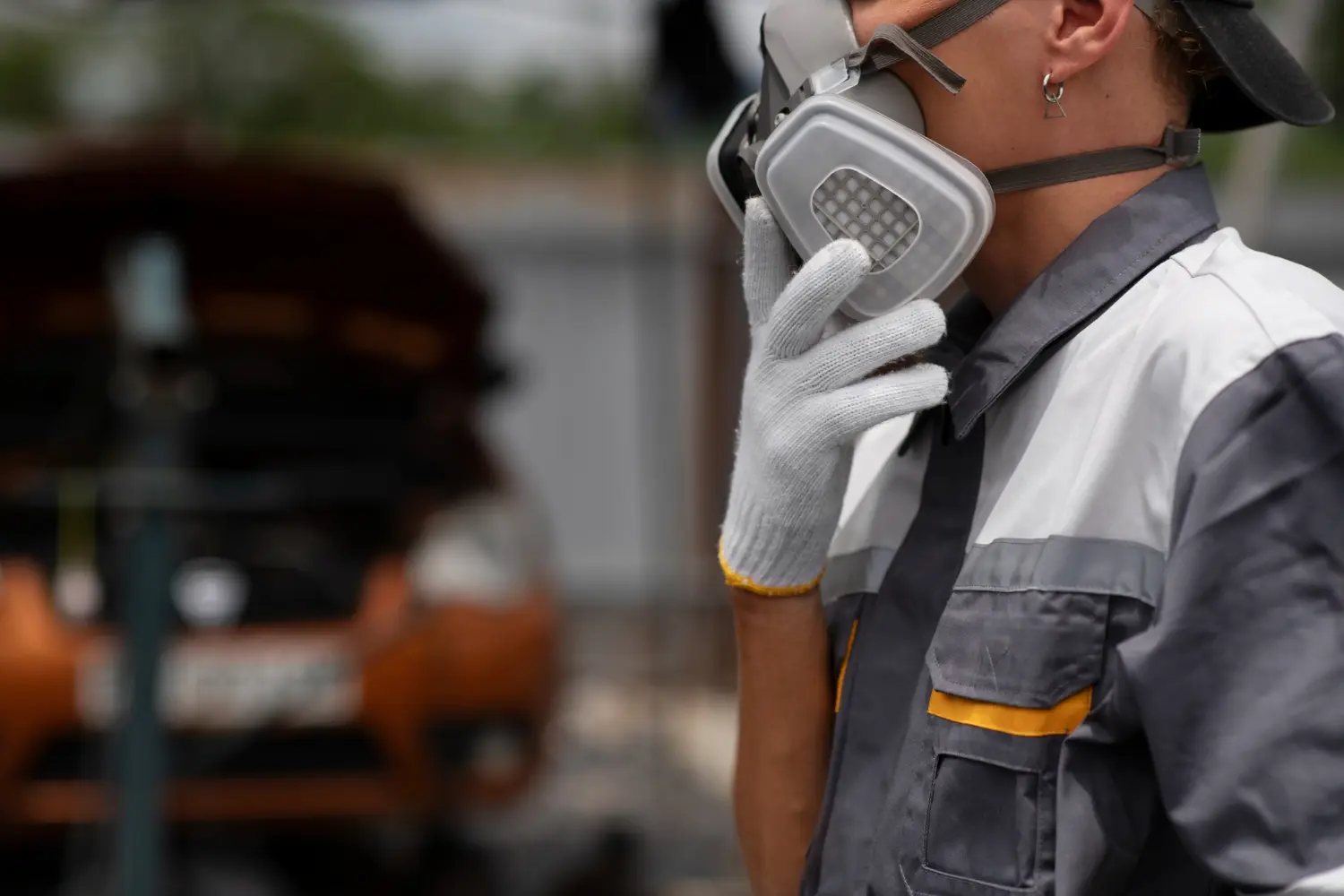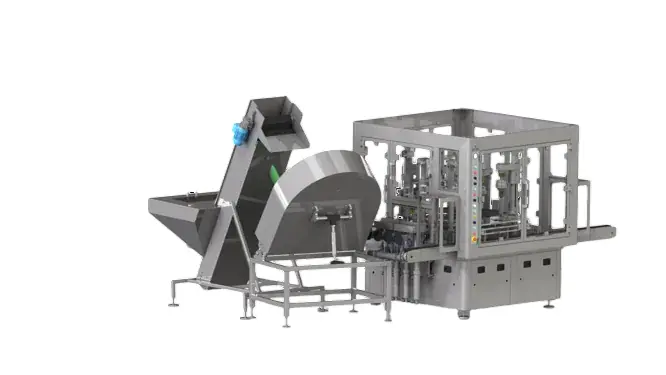An aerosol can is a promise waiting under pressure. Whether it’s a refreshing deodorant, a flawless hairspray, or a convenient room freshener, the performance we expect the moment we press the spray button is the result of a complex chemical and physical balance inside the can. At the heart of this balance are the often-invisible heroes: propellants like propane and butane. However, thinking of these two gases as simple propellants would be to overlook the intricate science and engineering behind aerosol production. The ratio of the propane and butane mixture is a critical variable that determines everything from the efficiency of a filling line to operator safety, the spray quality of the final product, and cost-effectiveness.
Failure to manage the dance of these gases correctly can lead to serious bottlenecks in production, safety risks, and ultimately, products that don’t perform as desired on the shelf. So, how is this delicate balance established, and how do different mixing ratios profoundly affect the filling line?
Understanding the Propellant Mix
These gases are commonly used as a mixture known as A-gas in the aerosol industry. To understand the character of the mixture, we must first know the individual properties of its components:
- Propane (C₃H₈): This is the “athletic” and energetic member of the mix. It has a very low boiling point of -42°C, which means it creates a very high vapor pressure at room temperature. This high pressure provides a powerful and fast spray. However, this energy is a force that needs to be controlled.
- Normal Butane (n-C₄H₁₀): This is the “calm” and stable member of the mix. Its boiling point is -0.5°C. It produces a much lower vapor pressure compared to propane, which means a softer, more controllable spray and filling process.
- Isobutane (i-C₄H₁₀): An isomer of butane, this gas acts as a bridge between propane and normal butane with a boiling point of -11.7°C. It is often used to fine-tune the properties of the mixture and is an indispensable part of modern formulations.
The LPG (Liquefied Petroleum Gas) mixtures obtained by blending these three gases in different ratios exhibit completely different behaviors on the filling line.
Physical Effects on the Filling Line: The Dance of Pressure and Speed
The most direct impact of the mixing ratio is felt at the filling nozzles and pipelines.
- High Propane Ratio (70%+): These mixtures have the potential to theoretically increase the filling speed due to their high vapor pressures. The liquid-phase gas is pushed through the line faster. However, this is only one side of the coin. High pressure creates immense stress on the filling equipment. Pumps, valves, and especially the seals (gaskets) wear out faster. Sudden pressure fluctuations can create “water hammer” effects in the pipelines, causing long-term system fatigue. Precision can be sacrificed for speed, and weight deviations may occur.
- High Butane Ratio (70%+): Butane-heavy mixtures are a “gentler” option for the filling line. Lower vapor pressure means less stress on the equipment, less wear and tear, and a more stable filling process. This can be ideal for boutique productions that require high precision or where filling speed is not critical. However, in high-speed mass production lines, this slow tempo of butane can create an efficiency bottleneck.
The ideal mixture is usually created by finding a balance point between these two extremes, in harmony with the production line’s capacity and targeted filling speed.
Thermodynamic Effects: The Role of Temperature and Viscosity
The rapid expansion of pressurized gases as they pass through filling nozzles triggers a physical phenomenon known as the Joule-Thomson effect: gases cool down as they expand. This cooling effect intensifies depending on the propane ratio of the mixture.
- The Freezing Effect of Propane: High-propane mixtures can cause a dramatic drop in temperature during expansion. This can lead to icing or even freezing around the filling heads and nozzles. If the product being filled is a water-based gel, foam, or a high-viscosity cream, this sudden cooling can cause the product to lose its fluidity and clog the nozzles. Clogged nozzles halt production, require cleaning, and sabotage efficiency.
- The Stabilizing Role of Butane: Less volatile butane significantly reduces this cooling effect. As a result, the filling of high-viscosity or temperature-sensitive formulations (e.g., shaving foams, food creams) can be carried out more smoothly and consistently.
Therefore, the choice of gas mixture is not just about propulsion but is also closely related to the rheological (fluidity) properties of the product being filled.
Safety: A Non-Negotiable Priority
Propane and butane are highly flammable and explosive gases. The mixing ratios directly affect the level of this risk. A high propane ratio increases the risk of leakage due to higher vapor pressure and the potential for the gas to spread faster over a wider area in the event of a leak. Therefore, the design and operation of aerosol filling lines require the highest level of safety precautions.
- ATEX Directives: The ATEX directives, established by the European Union, set binding standards for equipment to be used in explosive atmospheres. Every motor, sensor, valve, and even lighting fixture on the filling line must be designed and certified not to produce sparks.
- Engineering Solutions: Safety is not just ensured by certifications but by smart engineering. Manufacturers specializing in this field, such as Sora Makine, address these risks from the very beginning when designing filling lines. The use of AISI 304 and AISI 316 quality stainless steel against the corrosive effects of gases is standard. Effective ventilation systems prevent gas accumulation in the environment, while strategically placed gas leak detectors instantly detect a potential leak, triggering emergency systems that automatically shut down the production line.
Effects on Filling Line Design and Material Selection
Different gas mixtures also affect the design philosophy of the filling line. A line that will work with high-pressure propane mixtures requires thicker-walled pipes, valves with higher pressure resistance, and chemical and pressure-resistant sealing elements like PTFE (Teflon). Mass flow controllers and sensors that accurately adjust and continuously monitor the gas mixing ratios are critical for both product quality and safety.
As in Sora Makine’s solutions, modern filling lines must have the flexibility to work with different gas mixtures. Integrated control systems allow the operator to digitally adjust the propane/butane ratio according to the product recipe, which makes it possible to produce many products with different characteristics on the same line.
A Matter of Expertise and Integration
As can be seen, determining the propane and butane mixing ratio is not a simple formula choice. It is a complex optimization problem that involves chemistry, physics, engineering, and operational efficiency. It requires striking the right balance between fast filling, stable processes, product compatibility, and absolute safety.
Successful aerosol production not only requires choosing the right gas mixture but also investing in a flexible, safe, and precise filling line that can overcome the challenges posed by that mixture. This holistic approach is the only guarantee that the simple promise inside an aerosol can will be fulfilled perfectly every time.
